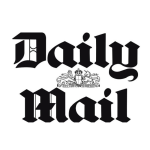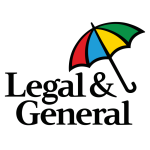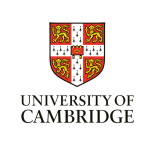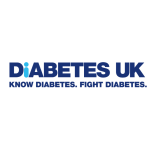Navigating Pension Drawdown Tax Rules
The tax of which the 75% remaining after the 25% tax-free amount is subject to is calculated based on your total gross income for the tax year. This includes your pension, wages, and other income.
The rate of tax you pay will depend on your income tax band. In the UK, the three income tax bands are basic rate, higher rate, and additional rate. The more income you have, the higher the rate of tax you’ll pay. This is worth considering when planning your withdrawals for your pension plan.
Pension Drawdown Withdrawal Allowances
With a flexi-access drawdown, there is no limit on how much you can withdraw each year. You can take as much or as little as you need.
The key thing to remember is that only 25% of your total pension pot can be taken tax-free. Any withdrawals above that 25% will be added to your taxable income for the year and subject to income tax.
Using Pension Wise for Retirement Planning
Pension Wise is a free and impartial service offered by the government to help you to understand your options for using your pension pot. Like the option of a financial adviser, this service could be beneficial if you are considering pension drawdown.
Pension Wise can offer guidance on the tax implications of pension drawdown, helping you to understand the pension drawdown tax rules. Furthermore, they can explain how pension drawdown works, how you can take your tax-free lump sum, and how your remaining money will be invested.
Alternatively, Pension Wise does not offer personalised advice. After utilising Pension Wise for general guidance, seeking financial advice may be helpful.
The Role of Financial Advisers in Pension Drawdown
A financial adviser may be an ideal option to consider when managing your pension drawdown. They can provide personalised advice based on your circumstances, helping you to make the most of your pension pot and to understand different pension schemes.
Financial advisers can help you to understand the rules surrounding pension drawdown, whilst also helping you to make informed decisions. They can advise you on how much income you could draw each year, taking into consideration factors like your other income, tax position, and lifespan.
An adviser can also help you to manage the investment of your remaining pension pot, offering guidance on the ideal level of risk based on your circumstances and goals. Although their advice can be very valuable, services usually come at a cost so this is something to consider when evaluating different pension drawdown options.





















